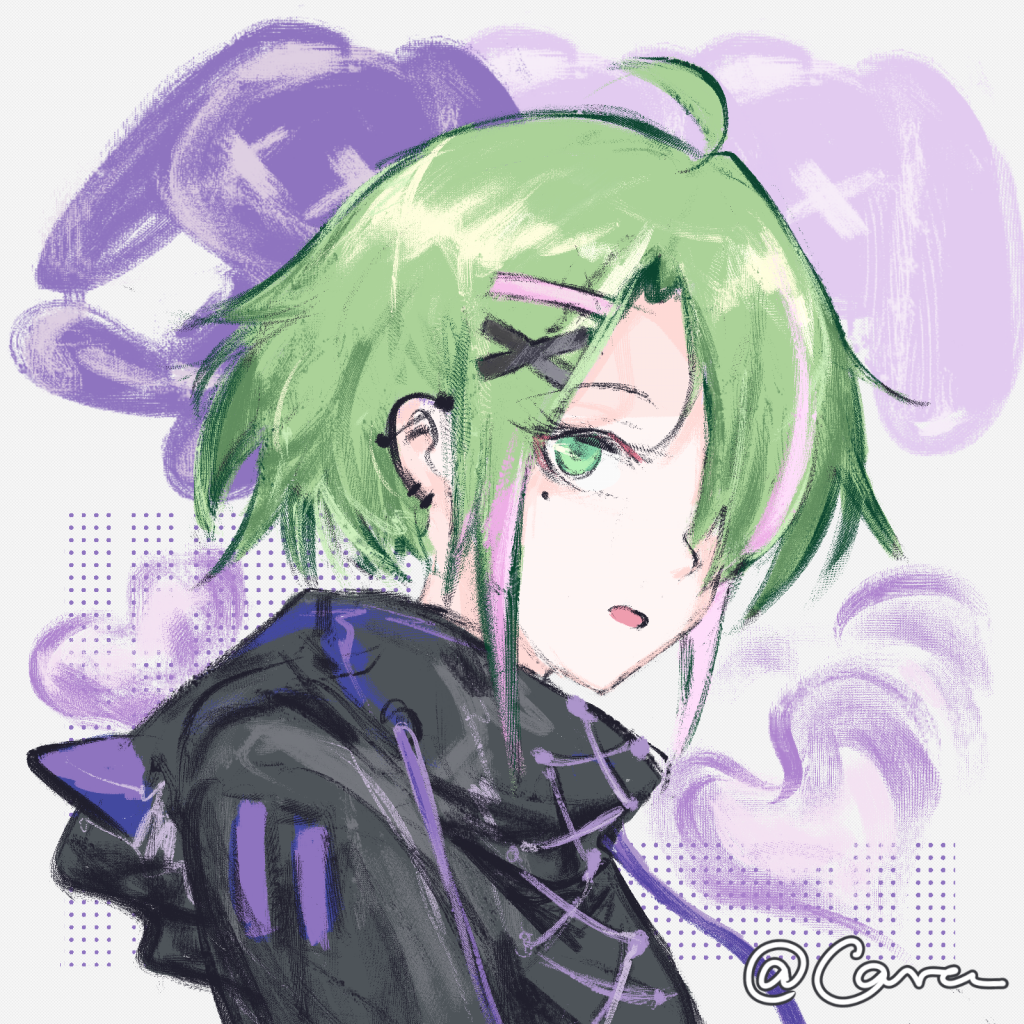The reading by Lorenzo Hernández and Bernabeu Lorenzo (2023) on Gris highlights the unique appeal of handmade aesthetics in indie games, particularly through its integration of animation, music, and gameplay. Inspired by their analysis, I explored how Gris uses watercolor-inspired visuals and a minimalist score to create an emotionally resonant experience by considering music as part of the plot.
Gris stands out for its handcrafted visual style, which mimics watercolor paintings. This artistic choice was achieved using tools like Photoshop and After Effects, combined with frame-by-frame animation techniques. The music, composed by Berlinist, complements this aesthetic with a minimalist approach, relying on simple piano, strings, and ambient textures. Tools like Wwise were likely used to implement this adaptive audio system, though the reading emphasizes that the focus was on creating a cohesive artistic vision rather than showcasing technical complexity (Hernández and Lorenzo, 2023).
The score dynamically adapts to the player’s actions, enhancing the emotional impact of each scene. In this work, music plays a significant role as not only booster but ‘an actual part of the plot’ (Lisa, 2020, p. 15). Singing is serve as a vital element in this game that it both telling the story and serve as the abilities Gris gained during her journey, which not only balance the pace and rhythm but also serve as the narrative itself. This adaptation also presented through the musical soundscape which evolve along side the instruments in the scene. For example, when the wind sweeps through the crimson desert, a harpsichord suddenly echoes in the air. In the lush green forest, a cello’s melody emerges as Gris wanders through the trees. When she plunges into the depths of the water, the harmonium’s resonant tones envelop her in a haunting embrace (Hernández and Lorenzo, 2023). Such design of music as part of the storytelling, and singing as a game ability enable Gris to artistically express her pains and grief, and perfectly matches the watercolor aesthetics.
Studying Gris has deepened my appreciation for the power of minimalist approach and the adaptive music score in creating emotional connections with players. The game’s success lies in its ability to merge art, music, and gameplay into a cohesive whole, proving that technical innovation is not always necessary to achieve impact. Instead, focusing on emotional storytelling and artistic coherence can lead to equally compelling results.
Reference:
Hernández, M.L. and Lorenzo, A.B. (2023) ‘A Watercolor That Can Be Played’, in Scoggin, L. and Plank, D., The Intersection of Animation, Video Games, and Music. 1st edn. New York: Routledge, pp. 32–46.
Lisa Scoggin. (2020) ‘Grief, Myth, and Music in Tomm Moore’s Song of the Sea’, Animation Studies, September 13, p. 15.

Leave a Reply